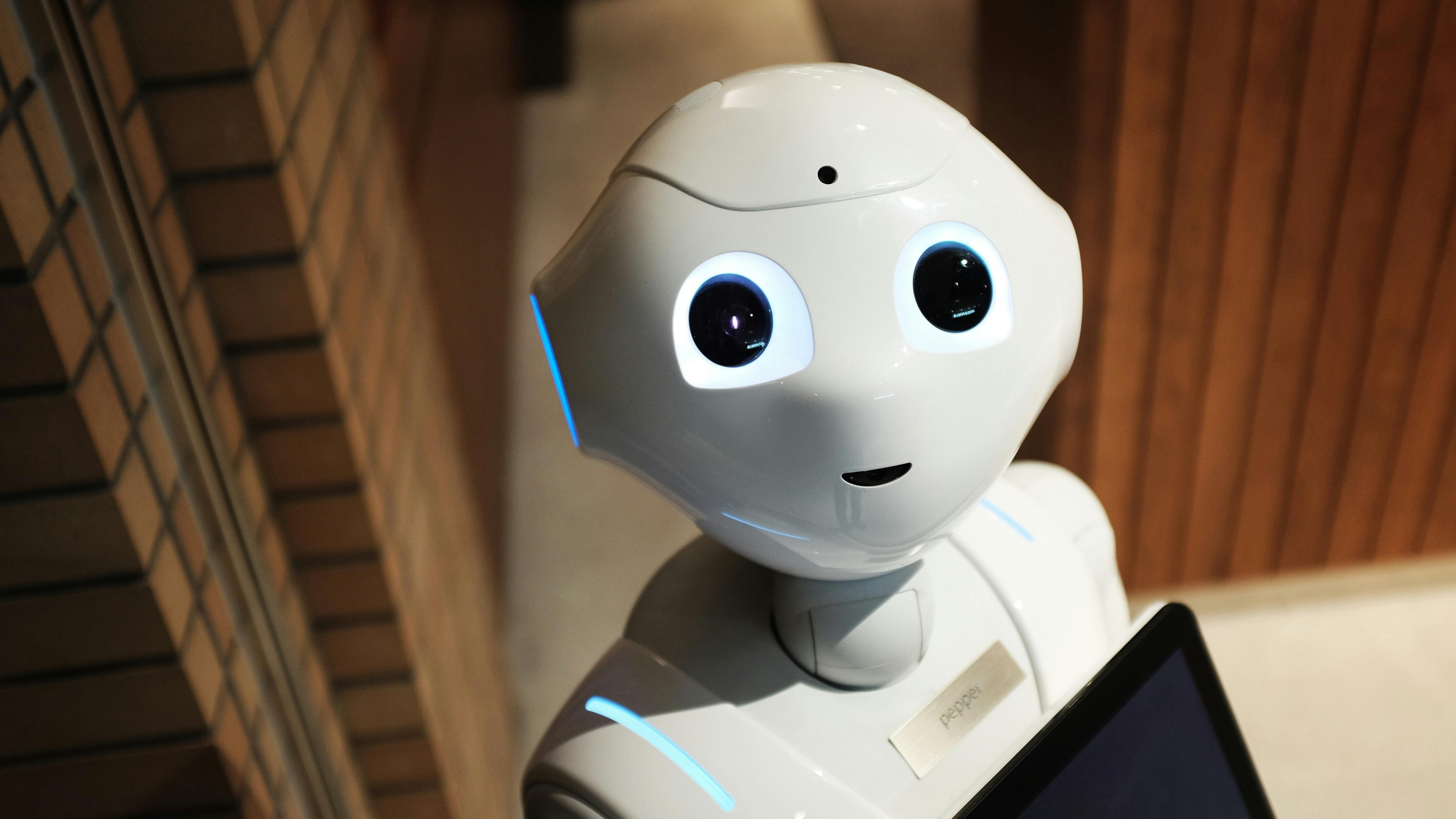
Understanding the Difference: GPUs vs. TPUs in AI Training
As artificial intelligence continues to evolve, the debate between the strengths and weaknesses of GPUs (Graphics Processing Units) and TPUs (Tensor Processing Units) remains a hot topic among tech enthusiasts and professionals alike. Both play integral roles in accelerating the training of large transformer models, yet they cater to distinct applications and needs.
The Architecture Showdown: What Sets Them Apart?
TPUs are specialized chips designed by Google tailored for specific mathematical operations essential for neurons processing in neural networks. Their architecture focuses on matrix multiplications and is particularly fine-tuned for TensorFlow, pushing outstanding throughput, especially with models like PaLM.
On the other hand, NVIDIA dominates the GPU market, leveraging thousands of parallel cores. While originally built for graphics, modern GPUs have adapted, providing robust support across various AI frameworks, making them versatile for training intricate models beyond the capabilities of TensorFlow.
Performance Metrics: Who Outperforms Whom?
In direct comparisons, TPUs can outperform their GPU counterparts, particularly when handling colossal batch sizes and models made specifically for their architecture. The latest TPUs can achieve performance rates up to 2.8 times more efficient for TensorFlow-based tasks than some GPUs, making them a superior choice for certain applications.
Conversely, GPUs excel in flexibility, serving diverse model architectures, accommodating dynamic shapes, and offering superior support for frameworks like PyTorch. They significantly shine for tasks requiring fine-tuned custom layers, which can be vital for developers.
The Ecosystem Advantage: Software Compatibility
The software ecosystems further underscore the differences. TPUs are tightly integrated within Google’s AI ecosystem, predominantly highlighting TensorFlow and JAX compatibility. While limited PyTorch support exists, its maturity is less-than-ideal for industry workloads. In contrast, GPUs boast extensive compatibility across multiple AI frameworks, enabling a more versatile development environment.
Scalability and Where You Deploy Matters
For scalability, TPUs harness the power of Google Cloud, promoting seamless scaling across extensive distributed systems designed for high throughput. On the flip side, GPUs offer deployment flexibility — usable in cloud infrastructures, on-premises setups, and even at edge locations, and they support containerized training solutions.
In conclusion, understanding these core differences among TPUs and GPUs is vital for tech enthusiasts, educators, and business professionals alike. As AI advances, staying updated on these technologies will equip stakeholders to make informed decisions. The future of AI depends on embracing the right tools as the industry evolves towards even more sophisticated machine learning solutions.
 Add Row
Add Row  Add
Add 




Write A Comment